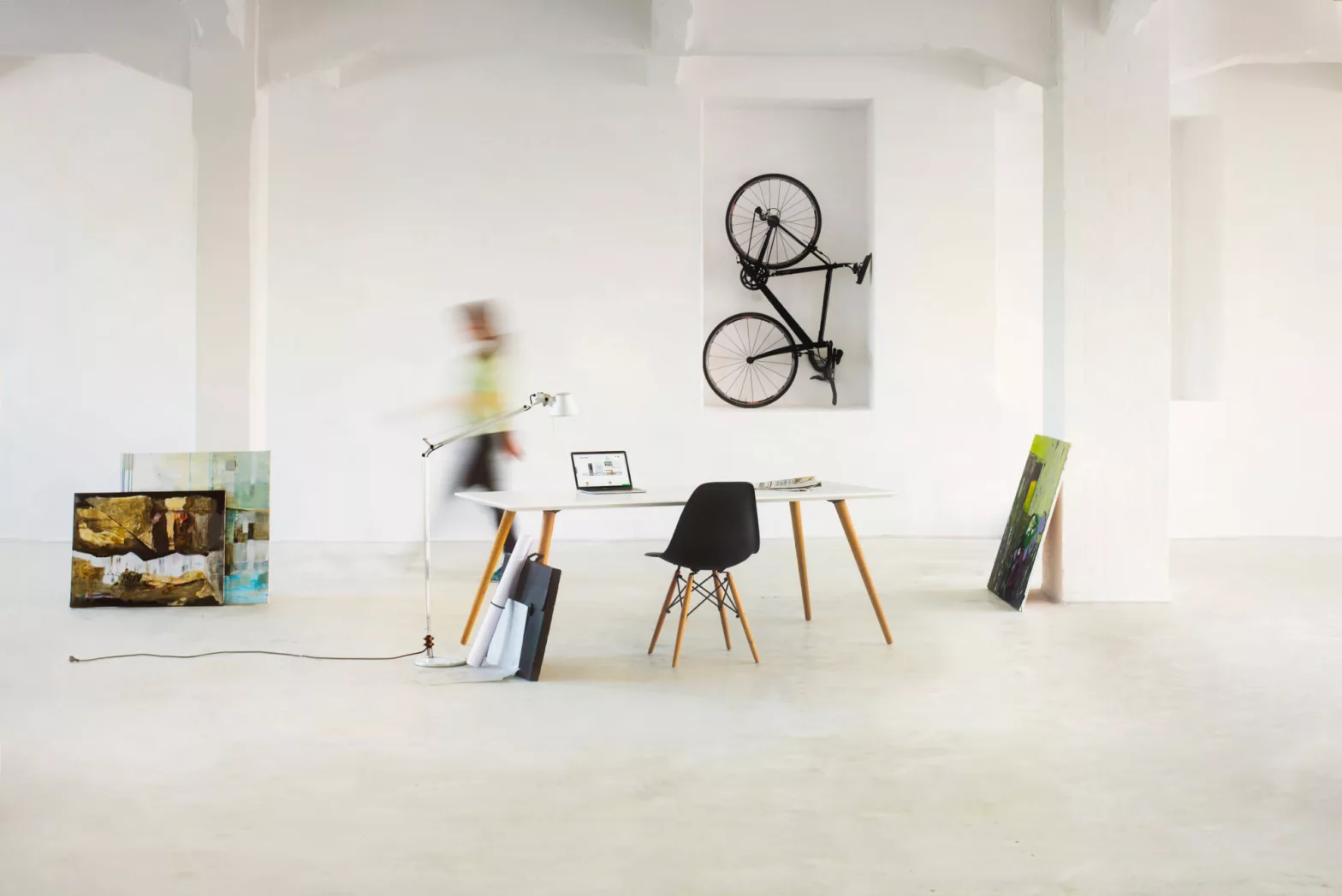Cushman & Wakefield’s tech tool measures productivity and wellness in the office.
What if you could measure how happy your workers were in the office by the square foot?
That’s what real estate firm Cushman & Wakefield is attempting to do. It created a software tool that measures the workplace experience called “experience per square foot” (XSF).
The software attempts to identify what matters to employees at each individual company and at each individual location. It does this by crunching data from employee surveys that drill down into the nitty-gritty of productivity, collaboration, connection, happiness and more. The tool also takes a deep dive on office design, amenities, and tech and then looks at the value of a building’s location and whether it aligns with a firm’s brand or culture. Finally, XSF crunches sensor data to analyze how people use a space.
“I call sensor data the hospital lab work, the MRIs, X-rays, and bloodwork, while surveys like experience per square foot are the doctor-patient relationship that tell you where to focus,” says Bryan Berthold, Cushman’s global lead on workplace experience. If you look at just data, without the employee sentiment, it’s hard to make sense of it all.
Essentially, the firm wanted to make the subjective into something objective.
For six years, Cushman & Wakefield surveyed 180,000 people in 145 companies and 100 countries to drill down on what was really important to employees when it comes to their work experience. They came up with 40 different attributes that make for a good employee experience, but if you just look at one of them alone, you don’t always know what actually matters to employees. Instead, HR departments try to spend their money across all of those attributes that they think might matter to people. And ultimately, they miss the mark and waste money, says Berthold.
For instance, a lot of companies focus on their office amenities, such as free parking, a café or coffee shop or gym. But sometimes people want something entirely different or something far simpler. For instance, one client assumed that in order to get people into the office, they needed to focus on improving the food so HR leaders focused on the café’s menu. But the software found something different: most people wanted two monitors at their desks, better technology in their conference rooms and improvements in their desk reservation system, says Berthold.
Another company didn’t understand why people didn’t use certain conference rooms, and after digging deeper, the data showed that people thought the rooms were too cold.
Getting it right is crucial today. Employers, after delaying real estate decisions for a year, are starting to take action, signing leases and renovating office space. And American workers are still overworked and unwell because of work. The employee experience is a vital piece of improving overall worker wellbeing and attracting and retaining people in an economy propped up by a pervasive labor shortage.

Cushman & Wakefield’s own survey data demonstrated that people’s wellbeing steadily declined—from 73% in 2019 to 39% last year. The same with their connection to corporate culture: it plummeted to 52% from 75%. “This current environment is not sustainable,” says Berthold.
What makes people feel more connected? The survey says ….being in the office. The people who spent at least three days a week in the office proved to be most connected to their colleagues and their culture. When those feelings are boiled down to the square foot, Cushman & Wakefield wholeheartedly believes it will make that experience even better.
